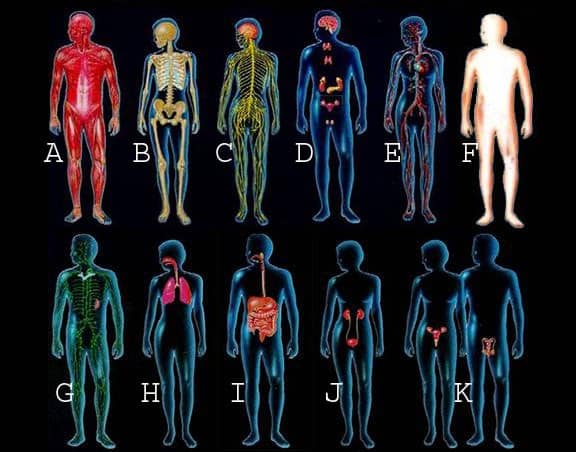Anatomy of your Tongue
The human tongue is a muscular hydrostat (hydraulically powered food grabber in the same class as an elephant trunk, snake tongue, or octopus arms) with no support that acts as the organ for taste, or gestation. It lies the floors of the mouth of vertebrates and moves to manipulate nutrition for digestion and mastication (chewing). … Read more


